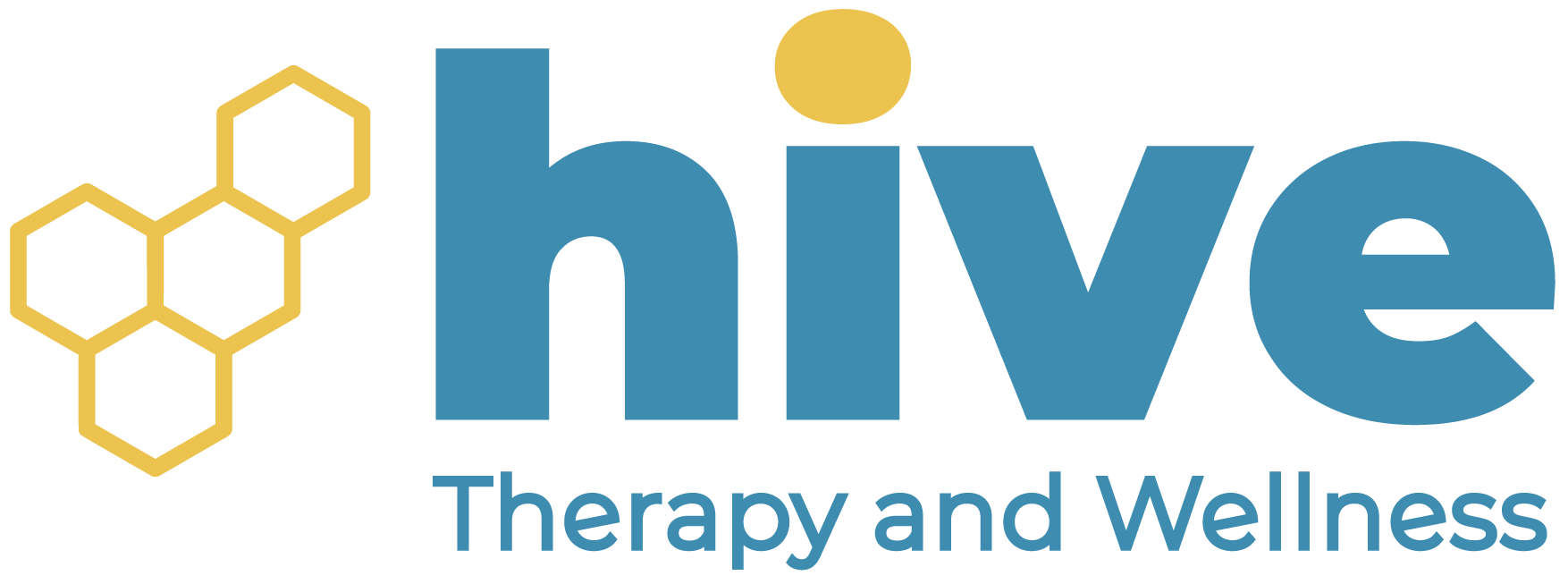Manual Therapy
Hands-on techniques used to manipulate soft tissues, joints, and nerves.
What Is Manual Therapy?
Manual physical therapy is a type of treatment that involves hands-on interaction between the provider and the patient. This treatment is what many people imagine when they hear the words “physical therapy.” It involves either the provider’s hands or tools to manipulate target tissues, which can vary depending on the your individual needs. These target tissues can include many parts of the body, such as your skin, joints, fascia, muscles, tendons, ligaments, and even organs. Manual therapy provides many different benefits including improved circulation, activity tolerance, tissue length, responsiveness, strength, mobility, and pain reduction.

Manual therapy is a common form of treatment that is most effective when combined with other treatments such as neuromuscular re-education and exercise prescription. Patients will be expected to perform mobility and strengthening exercises at home to supplement and maintain their progress alongside manual therapy.
Who Can Benefit From Manual Therapy?
Manual therapy can provide many benefits and may encompass a variety of treatment techniques. It can be a suitable treatment for many conditions, but the utilization and application will differ based on each patient’s individual needs. Some common subcategories of manual therapy include the following:
- Trigger Point Release
- Trigger point release allows the provider to focus on tight, tender, or inflexible groupings of tissue. The provider will accomplish this by applying targeted hands-on pressure to help increase blood flow and improve tissue extensibility.
- Myofascial Release
- This focuses on the fascia that covers and connects muscles, rather than the actual muscle itself. It requires softer pressure from the provider, as they use a gentle technique to allow the skin and fascia to glide more evenly. Myofascial release helps reduce tightness and restrictions that affect the muscles’ ability to contract and relax efficiently.
- Joint Mobilization
- This is a technique where the provider will perform gentle oscillations (rhythmic, back-and-forth movements) at a specified joint. It focuses on getting the joint surfaces to move across each other more congruently, improve blood flow, reduce pain, and improve mobility within and around the joint.
- Soft Tissue Mobilization (STM)
- STM is an umbrella term that includes both trigger point release and myofascial release but is not exclusive to those treatments. It also includes but is not limited to tissue scraping, cupping, and skin rolling. It generally refers to the movement, manipulation, mobilization, and massage of soft tissues such as muscles and tendons. The therapeutic benefits of STM are vast, but the overall goal is to help improve muscle function (inhibit or facilitate) in the targeted areas.
- Nerve Mobilization
- This technique specifically focuses on nerves. Nerves can be affected by the muscles surrounding them; and can be negatively impacted by soft tissue restrictions, tight muscles, herniated discs, etc. When nerves are experiencing tension or compression for an extended period of time, they may have decreased blood flow resulting in numbness, tingling, or pain. The provider will use various manual physical therapy techniques and specific motions to help slide or glide the nerves through areas of restriction in order to provide relief.
- Manual Traction
- This technique is utilized to help decompress the spine or other targeted joints. It is a gentle technique that provides an axial or longitudinal force that is sustained for a longer period of time. Its purpose is to improve blood flow and decompress the tissues, which allows for improved space over the nerves and tissues.
What to Expect From Manual Therapy
It is not uncommon to have mild to moderate soreness after manual therapy sessions, but it should last no more than 24-48 hours. Some patients may experience bruising after treatment, but this is a rare response. As with many other treatments, maintaining proper hydration, stretching, movement, and sleep will help minimize post-treatment soreness. It is important to note if soreness lasts longer than 48 hours, no harm has been done and no tissues have been damaged—just be sure to let your provider know so they can adjust techniques at subsequent sessions.
Manual therapy is one part of a larger treatment plan. Following a session with manual therapy, you can expect an improved range of motion in the targeted areas, better overall mobility, and a reduction in pain. Your provider will also give you other at-home exercises and behavioral modifications to complete and implement as part of your overall plan of care. This out-of-session homework is an important part of the therapy process and requires intentional, consistent effort by the patient to maximize overall success.
Manual physical therapy is a type of treatment that involves hands-on interaction between the provider and the patient. This treatment is what many people imagine when they hear the words “physical therapy.” It involves either the provider’s hands or tools to manipulate target tissues, which can vary depending on the your individual needs.
These target tissues can include many parts of the body, such as your skin, joints, fascia, muscles, tendons, ligaments, and even organs. Manual therapy provides many different benefits including improved circulation, activity tolerance, tissue length, responsiveness, strength, mobility, and pain reduction.
Manual therapy is a common form of treatment that is most effective when combined with other treatments such as neuromuscular re-education and exercise prescription. Patients will be expected to perform mobility and strengthening exercises at home to supplement and maintain their progress alongside manual therapy.
Manual therapy can provide many benefits and may encompass a variety of treatment techniques. It can be a suitable treatment for many conditions, but the utilization and application will differ based on each patient’s individual needs. Some common subcategories of manual therapy include the following:
- Trigger Point Release
- Trigger point release allows the provider to focus on tight, tender, or inflexible groupings of tissue. The provider will accomplish this by applying targeted hands-on pressure to help increase blood flow and improve tissue extensibility.
- Myofascial Release
- This focuses on the fascia that covers and connects muscles, rather than the actual muscle itself. It requires softer pressure from the provider, as they use a gentle technique to allow the skin and fascia to glide more evenly. Myofascial release helps reduce tightness and restrictions that affect the muscles’ ability to contract and relax efficiently.
- Joint Mobilization
- This is a technique where the provider will perform gentle oscillations (rhythmic, back-and-forth movements) at a specified joint. It focuses on getting the joint surfaces to move across each other more congruently, improve blood flow, reduce pain, and improve mobility within and around the joint.
- Soft Tissue Mobilization (STM)
- STM is an umbrella term that includes both trigger point release and myofascial release but is not exclusive to those treatments. It also includes but is not limited to tissue scraping, cupping, and skin rolling. It generally refers to the movement, manipulation, mobilization, and massage of soft tissues such as muscles and tendons. The therapeutic benefits of STM are vast, but the overall goal is to help improve muscle function (inhibit or facilitate) in the targeted areas.
- Nerve Mobilization
- This technique specifically focuses on nerves. Nerves can be affected by the muscles surrounding them; and can be negatively impacted by soft tissue restrictions, tight muscles, herniated discs, etc. When nerves are experiencing tension or compression for an extended period of time, they may have decreased blood flow resulting in numbness, tingling, or pain. The provider will use various manual physical therapy techniques and specific motions to help slide or glide the nerves through areas of restriction in order to provide relief.
- Manual Traction
- This technique is utilized to help decompress the spine or other targeted joints. It is a gentle technique that provides an axial or longitudinal force that is sustained for a longer period of time. Its purpose is to improve blood flow and decompress the tissues, which allows for improved space over the nerves and tissues.
It is not uncommon to have mild to moderate soreness after manual therapy sessions, but it should last no more than 24-48 hours. Some patients may experience bruising after treatment, but this is a rare response. As with many other treatments, maintaining proper hydration, stretching, movement, and sleep will help minimize post-treatment soreness.
It is important to note if soreness lasts longer than 48 hours, no harm has been done and no tissues have been damaged—just be sure to let your provider know so they can adjust techniques at subsequent sessions.
Manual therapy is one part of a larger treatment plan. Following a session with manual therapy, you can expect an improved range of motion in the targeted areas, better overall mobility, and a reduction in pain. Your provider will also give you other at-home exercises and behavioral modifications to complete and implement as part of your overall plan of care. This out-of-session homework is an important part of the therapy process and requires intentional, consistent effort by the patient to maximize overall success.


